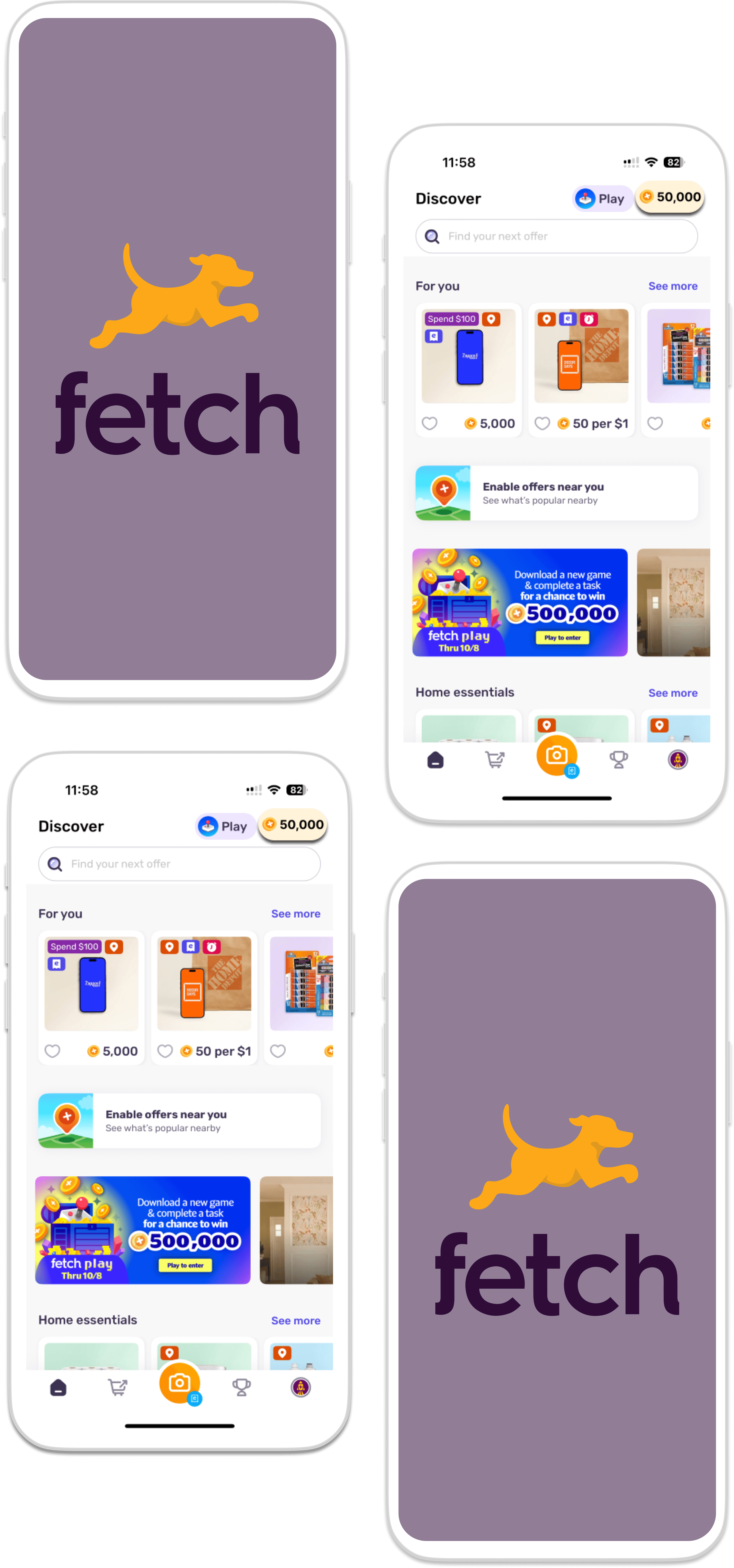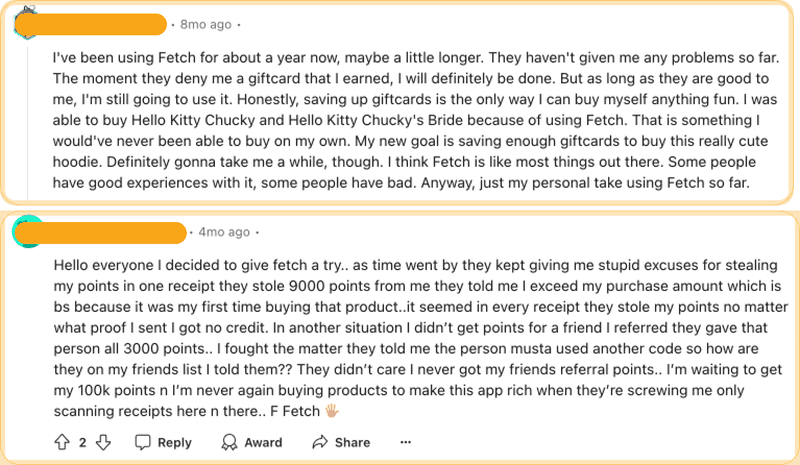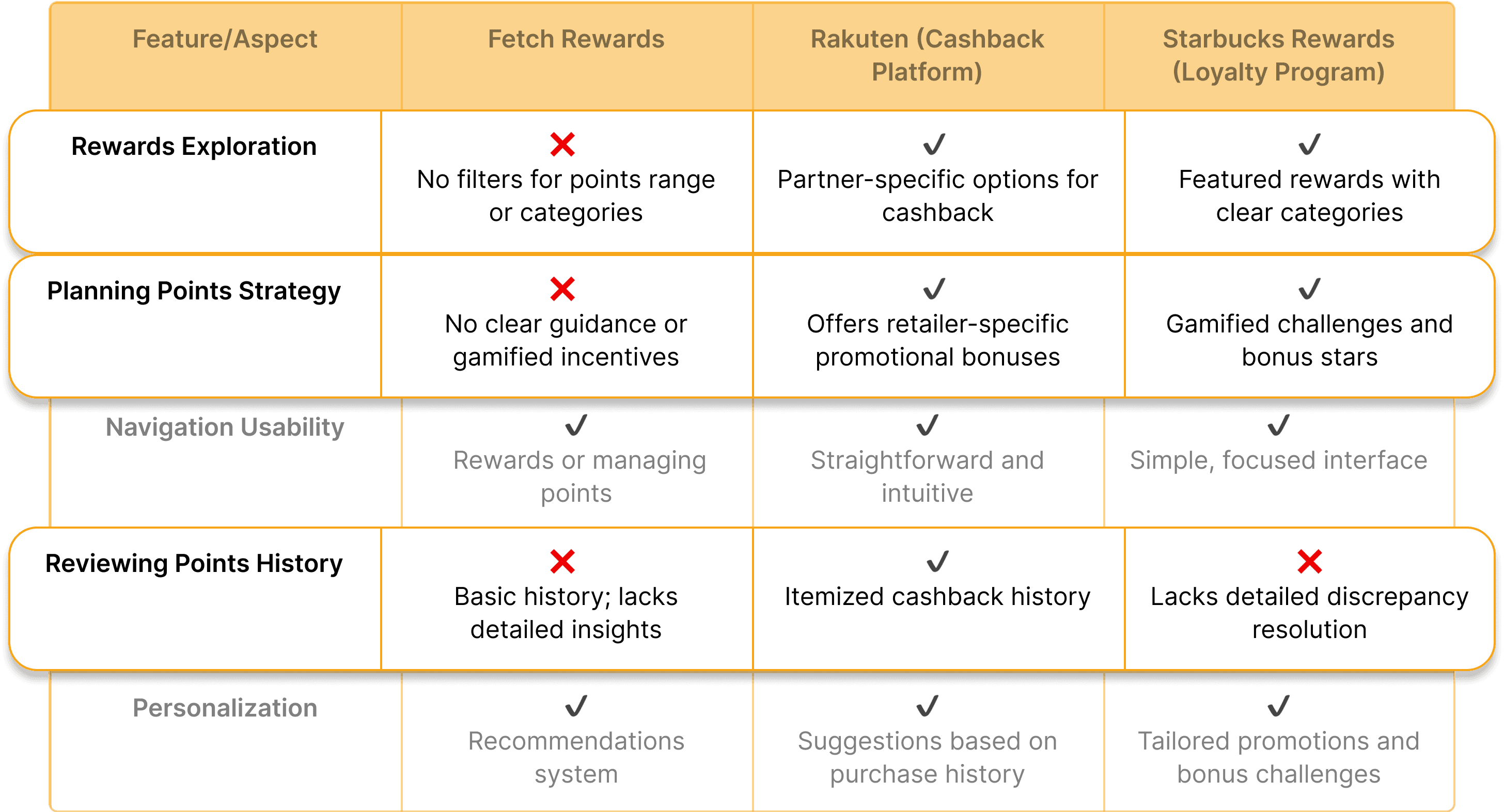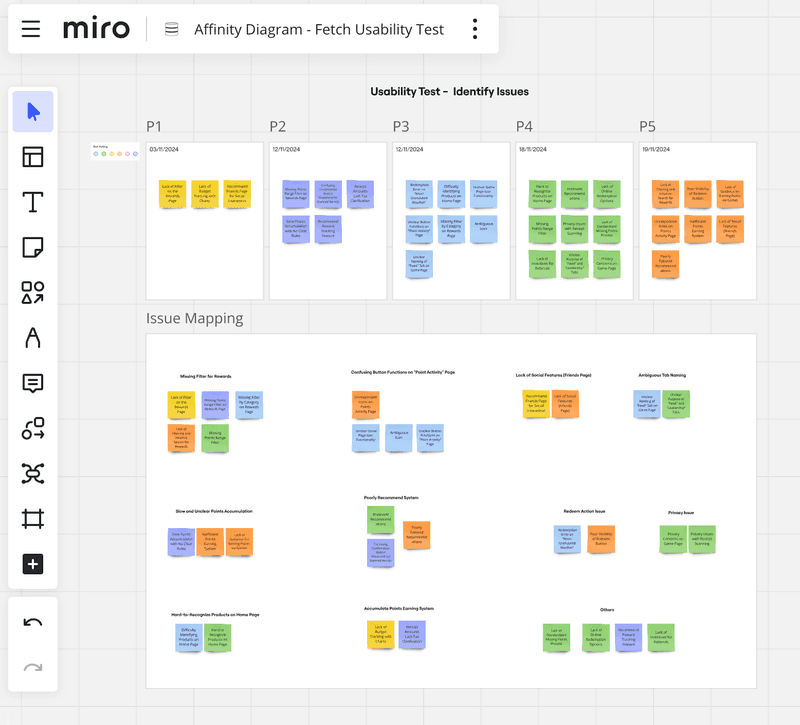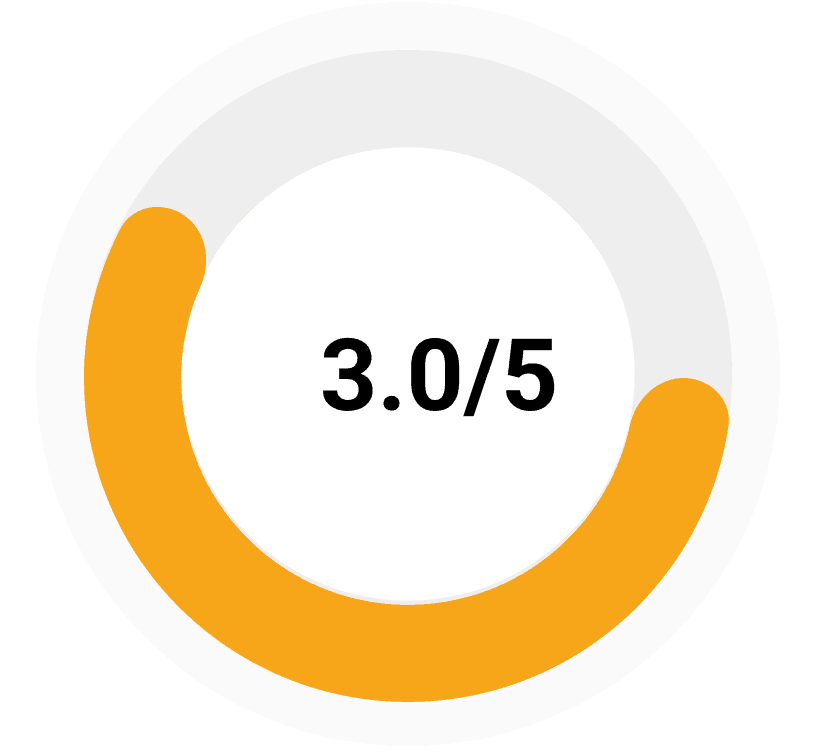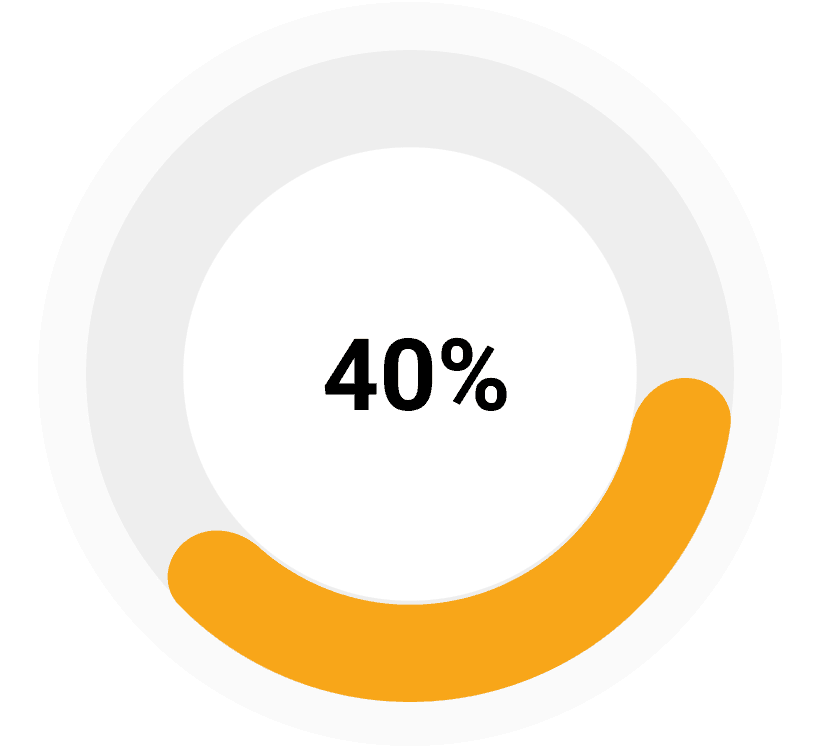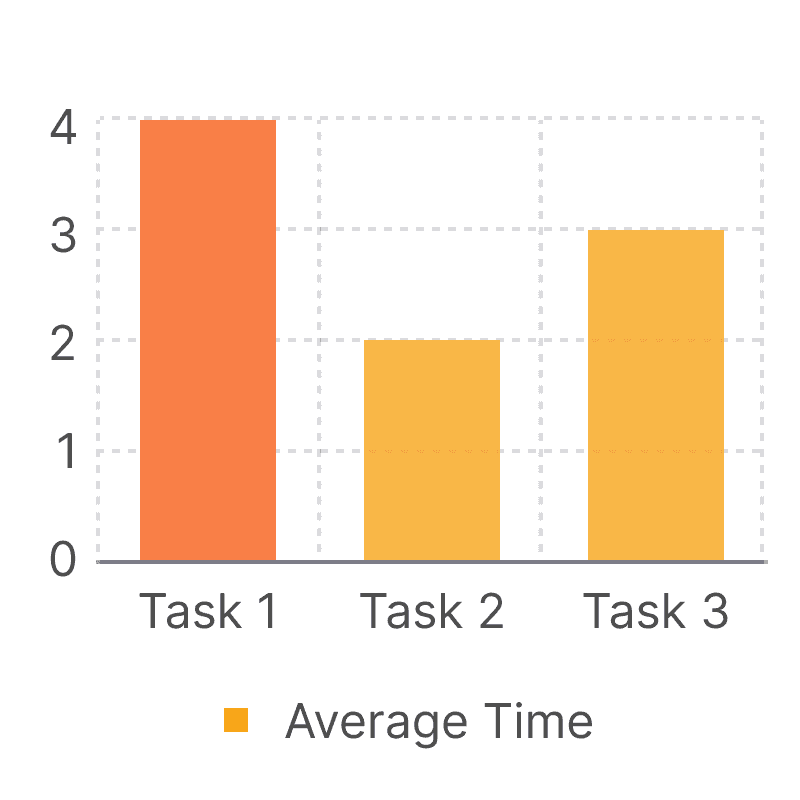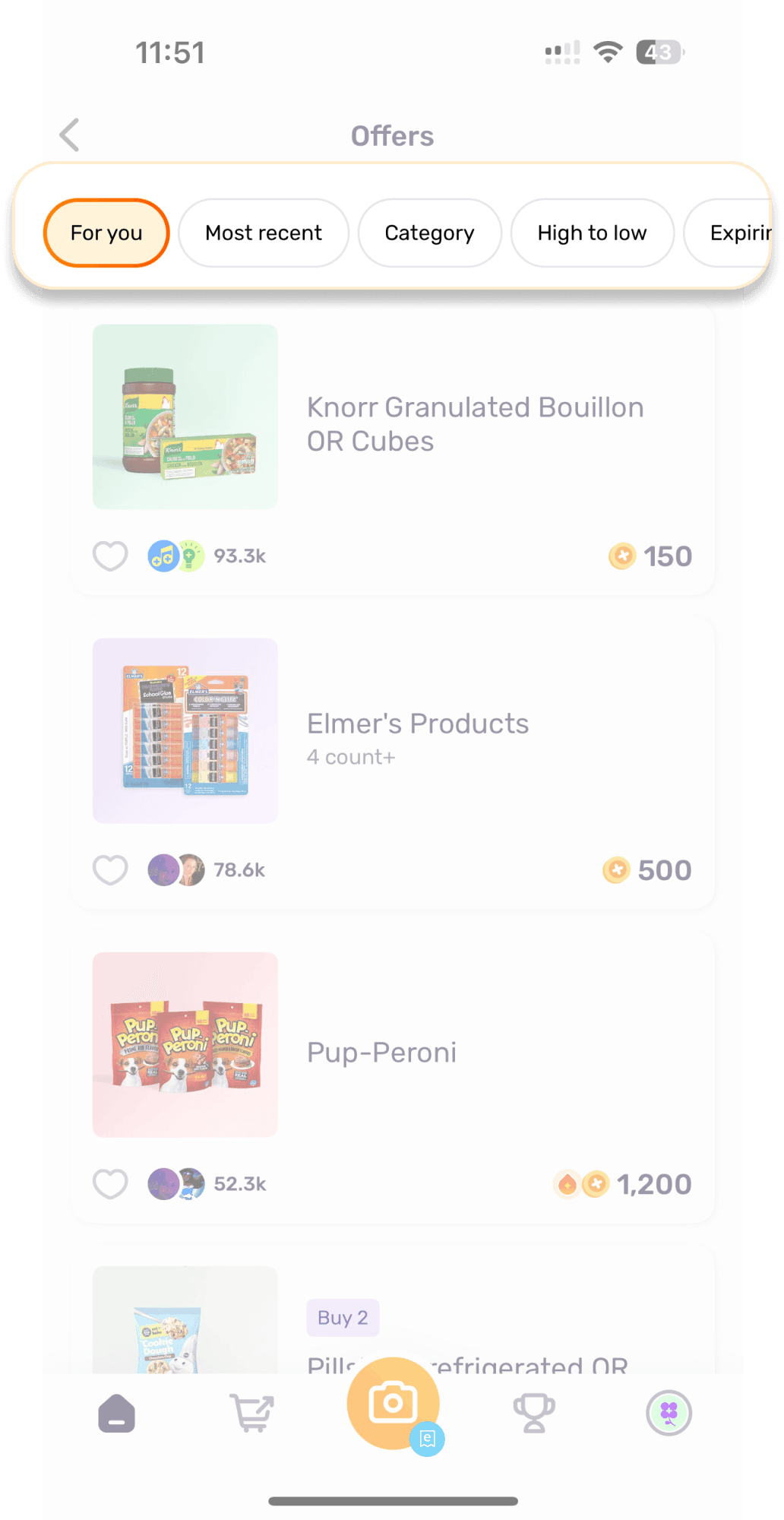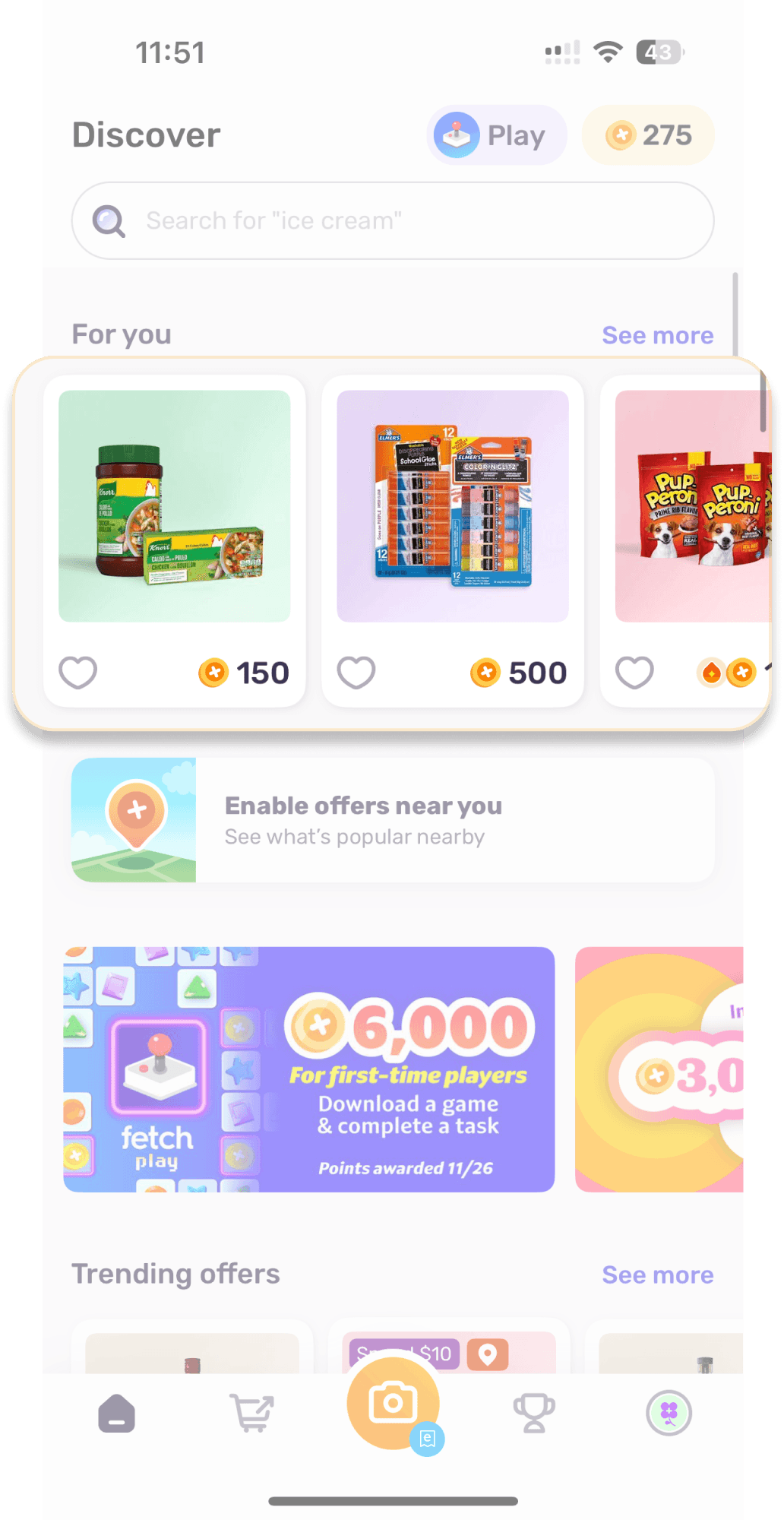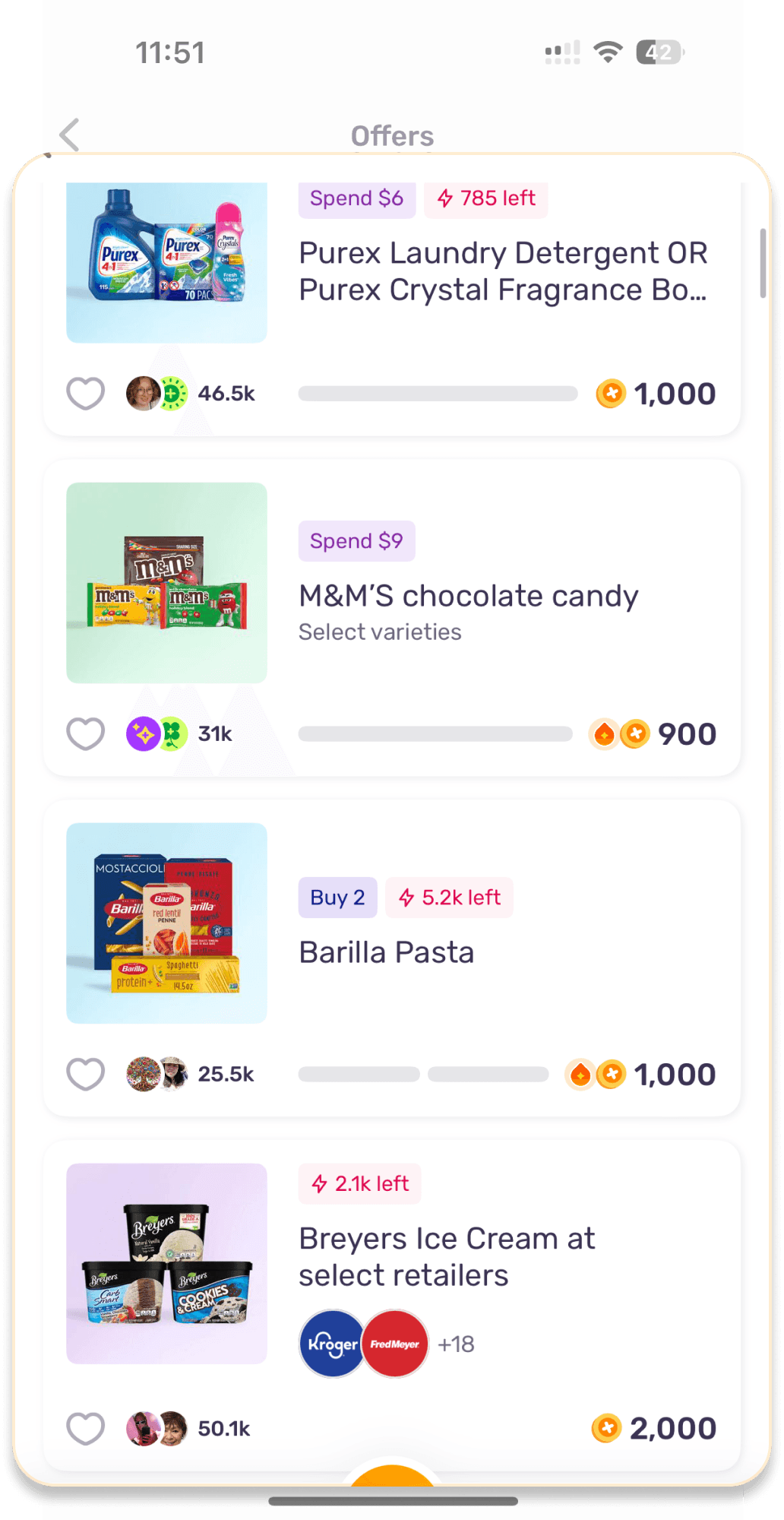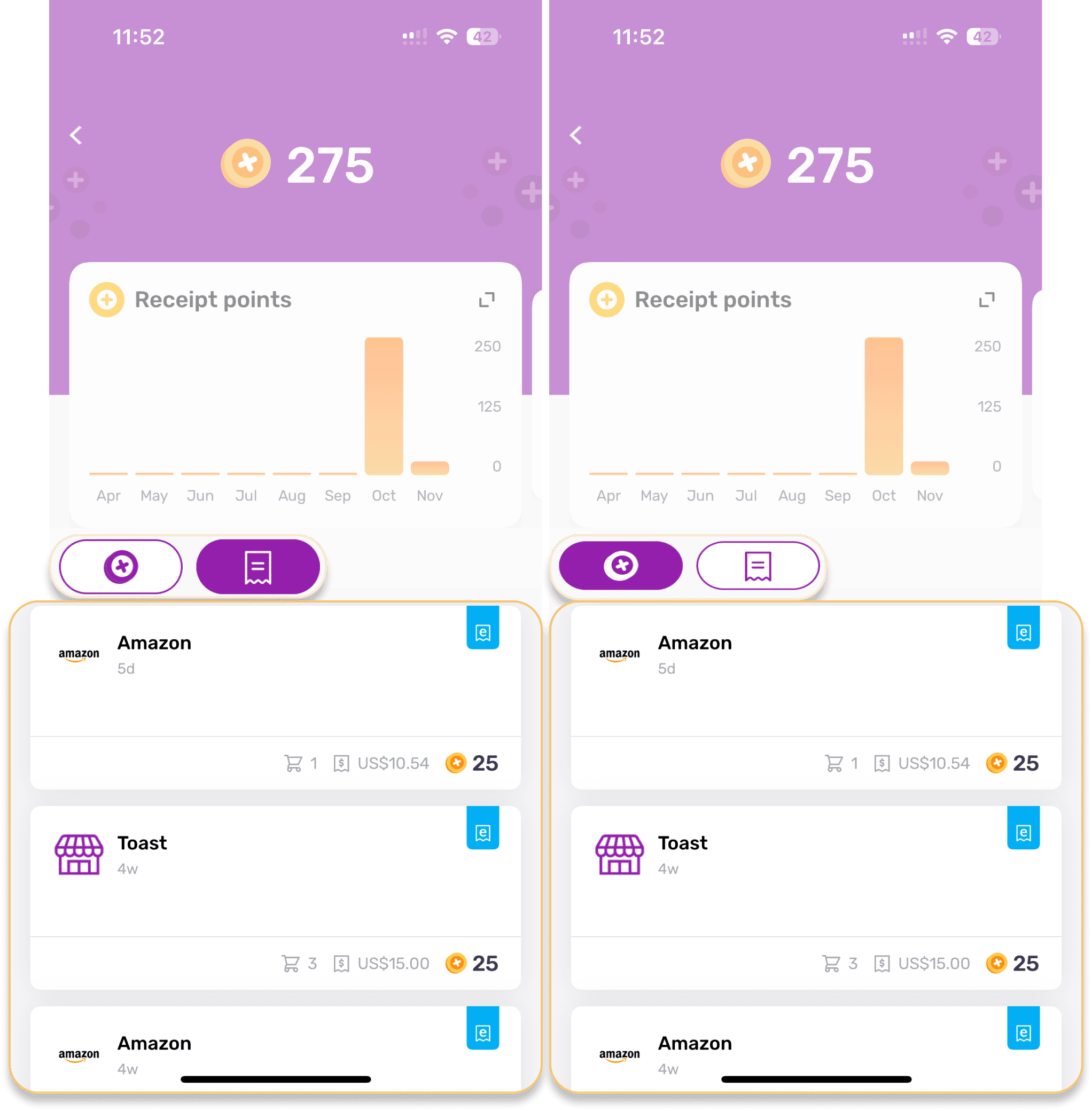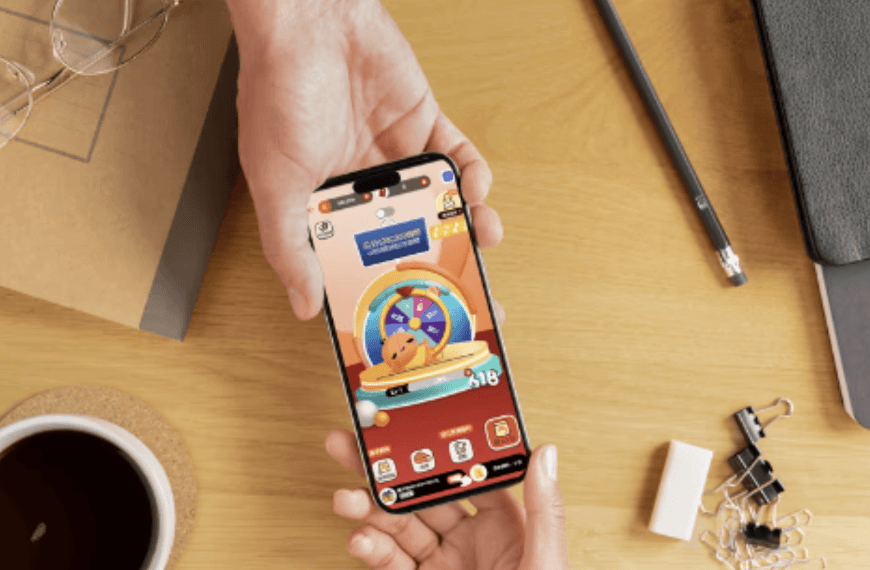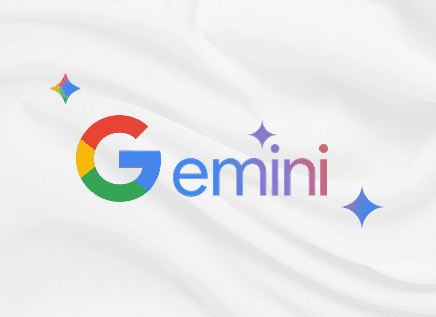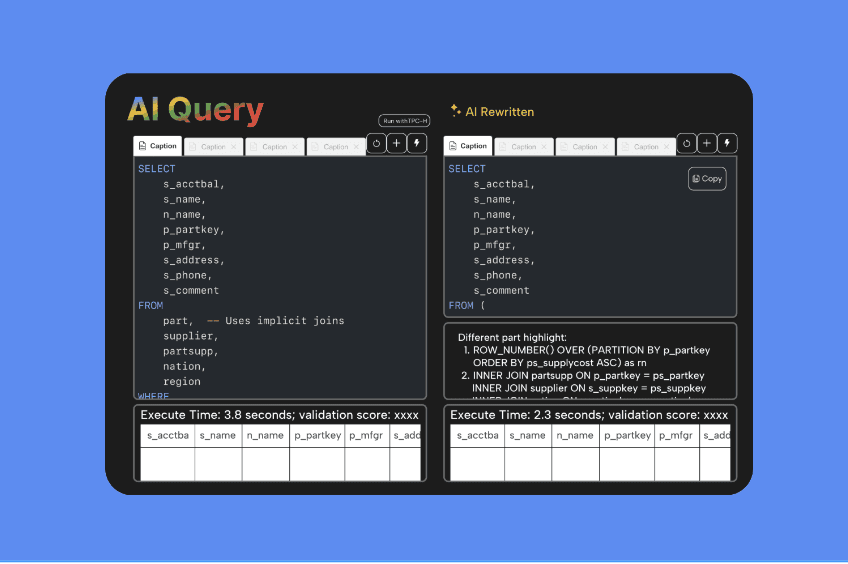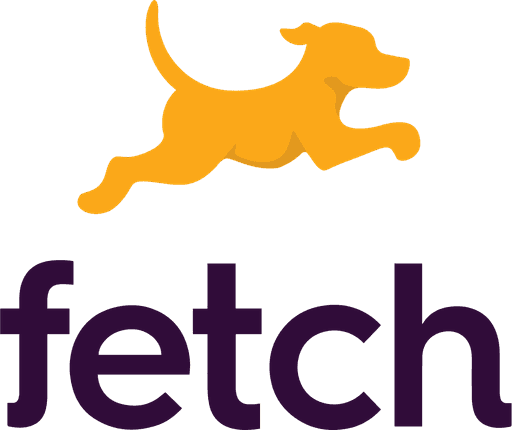
#app
#Personal recommendation
#B2B
Fetch Rewards had a strong user base but lacked key usability features like filters and personalized recommendations. This evaluation identified pain points and provided data-driven insights to enhance navigation, personalization, and engagement, shaping future improvements for a more seamless user experience.
Business AI
Concept to Creation(0-to-1)
Sep 2024 - Dec 2024
Product Designer
Frontend Developer
Why this is a challenge?
The problem was that Fetch Rewards, despite having a strong user base, lacked essential usability features such as filters and personalized recommendations, which limited the overall user experience, navigation efficiency, and engagement.
What is the goal of this project?
The purpose of this project was to identify and resolve usability issues within the **My Account** and **Rewards Redemption** features, with the goal of improving **user engagement, retention, and satisfaction**.
Background
Why is FETCH REWARDS?
Fetch Rewards promises to reward users for everyday purchases, yet users frequently express concerns about the trustworthiness of its point redemption process. Online reviews highlight fears of losing points or facing technical issues during redemption
Research
Research Goals
1. Increase user confidence in redeeming points without fear of loss or technical failures
2. Enhance the redemption experience to drive consistent usage and improve user retention
By addressing these trust-related pain points, this research aims to create a more reliable and satisfying user experience
User Feedback on Reddit
Findings
Identifying Key Gaps in Fetch Rewards
💡 Shana's Insight: Competitive analysis isn’t just about comparison—it helps identify gaps that usability testing can validate, ensuring targeted improvements

Research Approach
Participant Recruitment: Screener survey targeting users (ages 18-40) with experience in rewards app
Testing Format: Conducted both in-person and remote moderated sessions via Zoom + Figma prototype
Structured Methodology:
Developed three task-based scenarios covering navigation, rewards redemption, and points tracking.
Facilitated and documented user interactions, frustrations, and decision-making.
Created key research tools: Moderator Guide, consent form, Likert-scale feedback, and qualitative analysis codebook.
💡 Shana's Insight: Usability testing isn’t about the number of participants—it's about asking the right questions and uncovering the “why” behind behaviors
